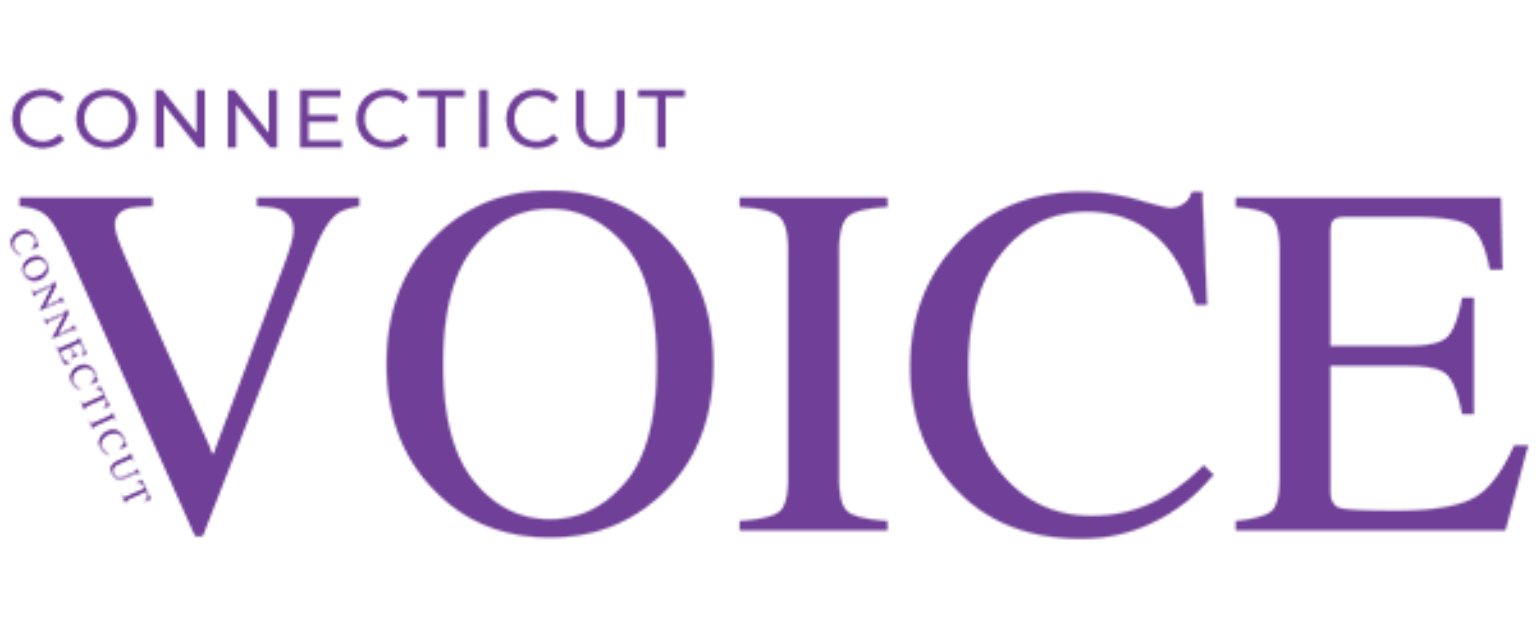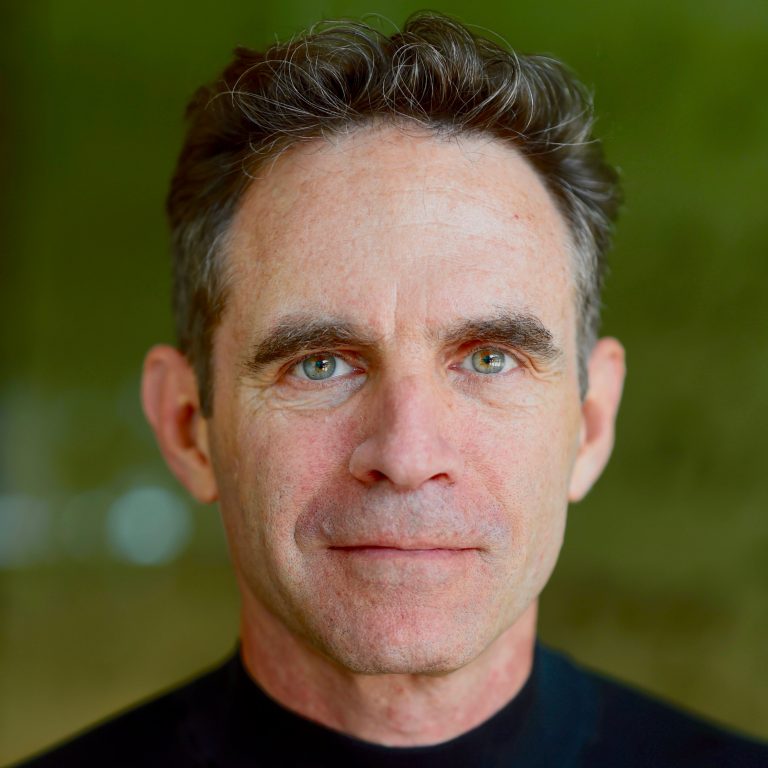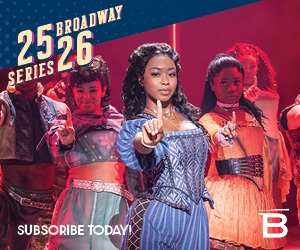Eric Marcus Helps Us Discover
How We Got Here
In 1988, Eric Marcus was working as an associate producer at CBS when he left his position to embark on an oral history project that would change his life—and affect the lives of so many others. These conversations led to two books Making History: The Struggle for Gay and Lesbian Equal Rights, 1945–1990, and Making Gay History: The Half-Century Fight for Lesbian & Gay Equal Rights.
Those interviews—and new ones—now make up the rich personal histories of his popular podcast, Making Gay History.
I met Marcus, 63, at a cafe not far from his Chelsea home in New York where we talked about how he put a spotlight on a hidden history, how he was surprised at the richness of gay life before Stonewall and of the latest wave of homophobia.
How did you even begin to chronicle a history that was so closeted, especially at a time of crisis and fear?
There were few resources, but resources weren’t the only problem. I knew nothing. As far as I knew, the movement began in 1969 with Stonewall. But I quickly discovered in the U.S. it started around 1950 with the founding of the Mattachine Society in Los Angeles by five men, including Rudi Gernreich—who became famous in life as the designer of the topless bathing suit. There was also a short-lived gay rights organization in 1924 in Chicago, and you can go back to 1897 in Berlin for the very first gay rights organization in the world, which was destroyed by the Nazis in 1933.
And after three decades, the archival hunt goes on.
Today photos, films, and diaries are turning up that were never expected to see the light of day. We have no idea how many other personal archives have been destroyed because families didn’t want anyone to know their relative was gay.
What were you most surprised to discover?
I was surprised at the richness of gay life, that even within societal constraints, many gay people were leading happy lives. They had community. They had social networks. They had relationships. It was challenging, and especially looking at photos and films from these eras, you see people who were happy. I didn’t know that existed. I was told that it was a dark time, and it didn’t occur to me until I started talking to people and seeing these personal pictures and home movies that gay people had very full lives and built relationships.
How is gay history viewed by subsequent generations from those who lived through the AIDS epidemic?
With every generation, if you didn’t live through that period yourself, and it isn’t far enough in the past to be taught in schools; it’s just a blank spot.
With the word “gay” being outlawed in schools in some states, how are young people going to learn this history?
The advantage historical perspective is knowing that what’s happening in Florida and other states is not new. The first modern anti-gay wave came with Anita Bryant in the late 70s after there had been successful passages of gay rights bills in cities across the country. That was the ‘Save Our Children’ campaign where gay people were portrayed as pederasts.
In this current wave where we’re being called “groomers” and “predators,” it is simply the latest round following a time when we’ve made so much progress with marriage equality, military service, and many other issues.
There are still enough people who hold negative views about homosexuals, and now not just against gay men and women but trans people, too. That has been very useful for right wing Republicans to animate their audiences. But the good thing about knowing your history is that you know it happened before, and you also know how it was defeated. So, you can look back and learn from that.
The 70s seemed to be a decade-long party of sexual liberation and pride for LGBTQ+ people, but AIDS changed everything.
AIDS was a huge turning point. If you look at the transformation of gay rights movement from before AIDS and after, early rights organizations of the 1970s were terribly underfunded. They were not large or professional compared to the way they evolved. Those organizations were also not as politically connected as they became later.
AIDS forced all sorts of people out of the closet and gave gays and lesbians the opportunity to organize, fundraise, challenge people in power.
You wrote two books on pessimism. How are you feeling these days?
My basic default is pessimism, and I’m feeling pretty grim at the moment. We’re seeing a new wave of anti-gay activism that has some traction [in the culture].
That said, I hear routinely from young people, and they are not shy.
A 17-year-old from Florida gave a report at his high school history class on the Stonewall uprising wearing a dress. He’s gotten a lot of negative press but a lot of positive press, too. I had an email from a disabled 15-year-old lesbian from Russia who asked if she could translate a transcript from the podcast episode so her friends, who couldn’t speak English, could be inspired the way she was. She posted the translated interview on her blog, and it was downloaded hundreds and hundreds of time across Russia, and we’ve since stayed in touch.
So my hope is in this next generation, LGBTQ+ people who have come into this world made better by the people whose shoulders I stand on. They’re not going to let anyone take their rights away from them, and they’re certainly not going to go quietly into the night. That gives me hope. But these are still really challenging times.
The next season of Making Gay History which centers on coming of age in the 70s is in pre-production. The Stonewall anniversary season will be released during Pride this year. Info at makinggayhistory.com
—Frank Rizzo









More Stories
Dancing in Hard Times
Breaking Access Barriers: Connecticut’s Bold New Step Toward Mental Health Parity
Three Gay Guys Talking Cars